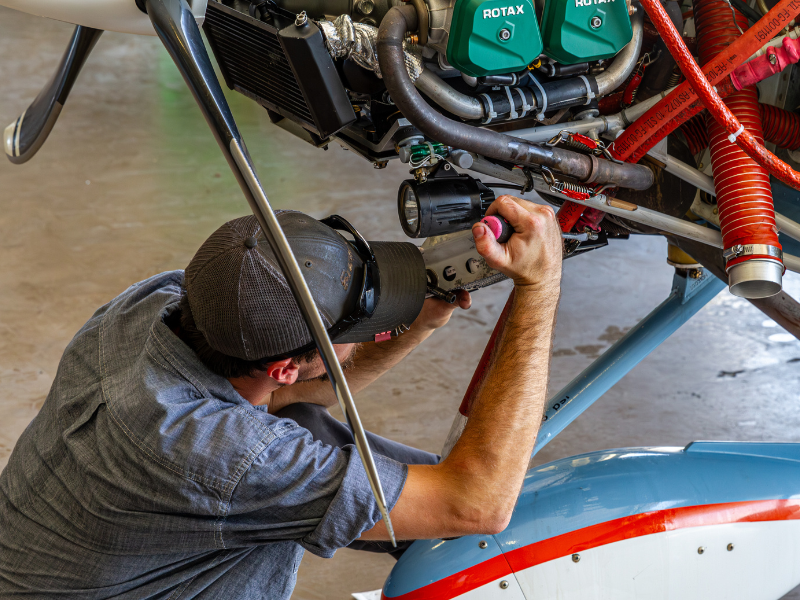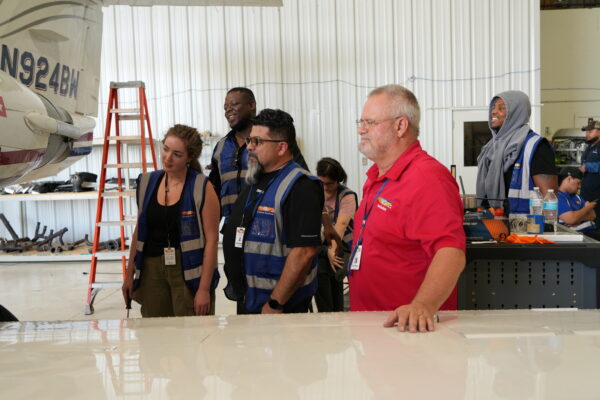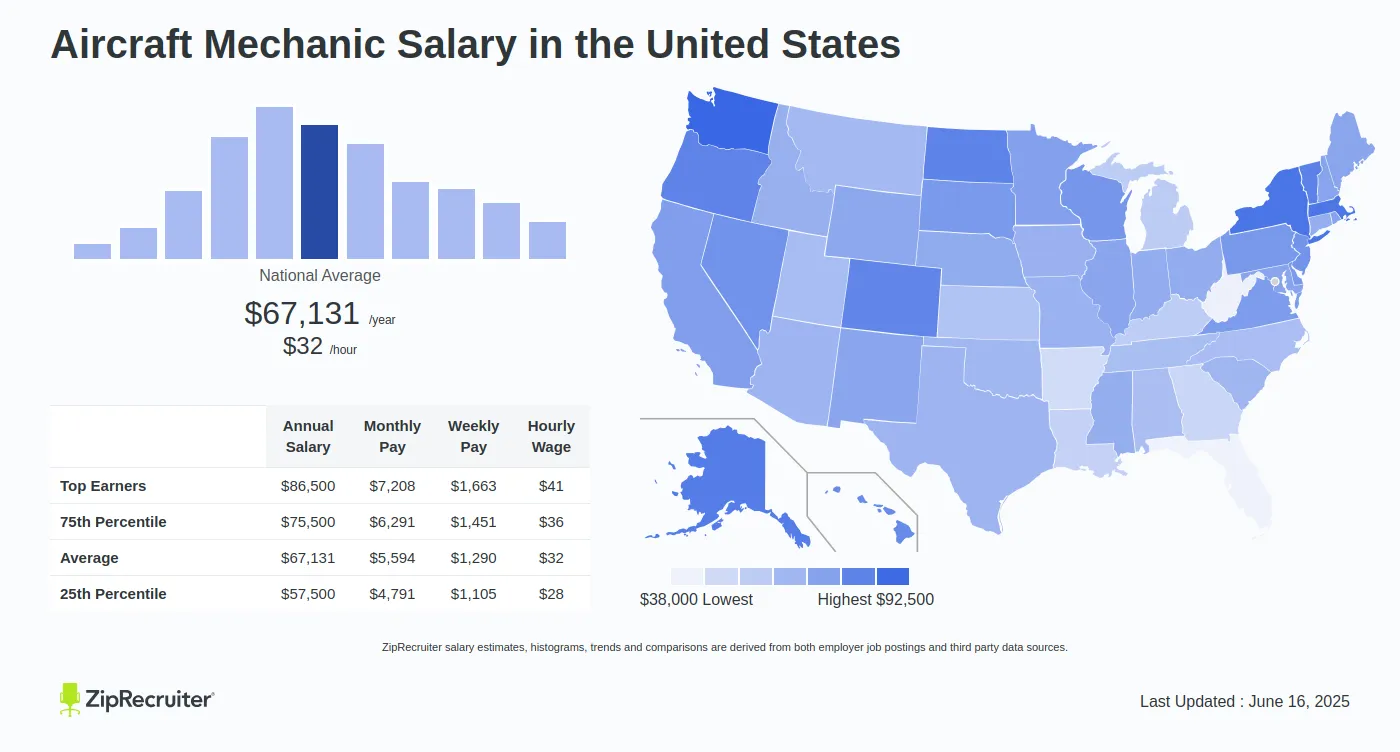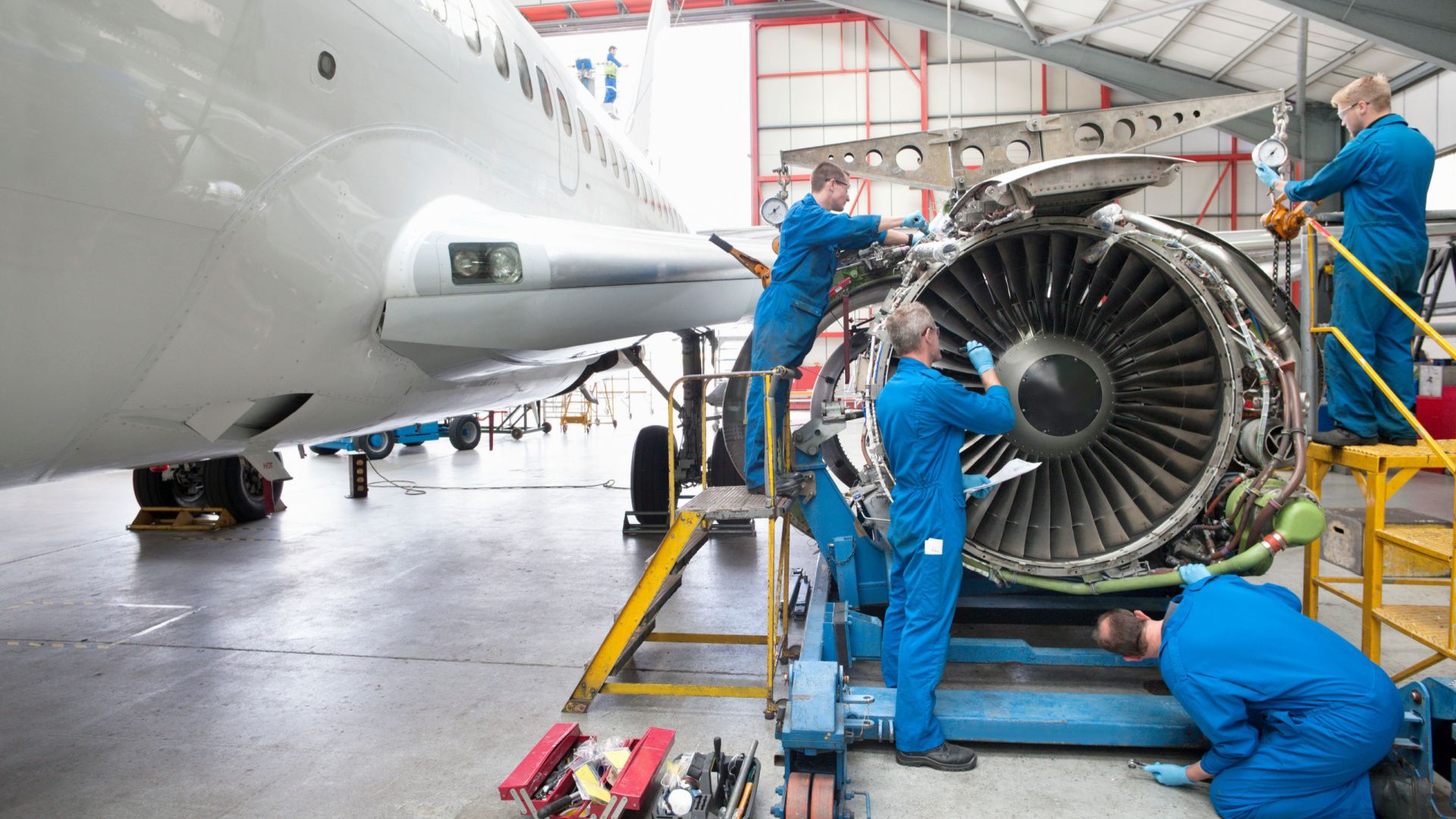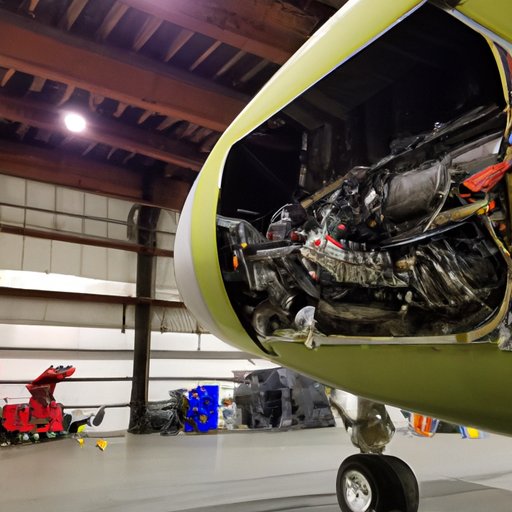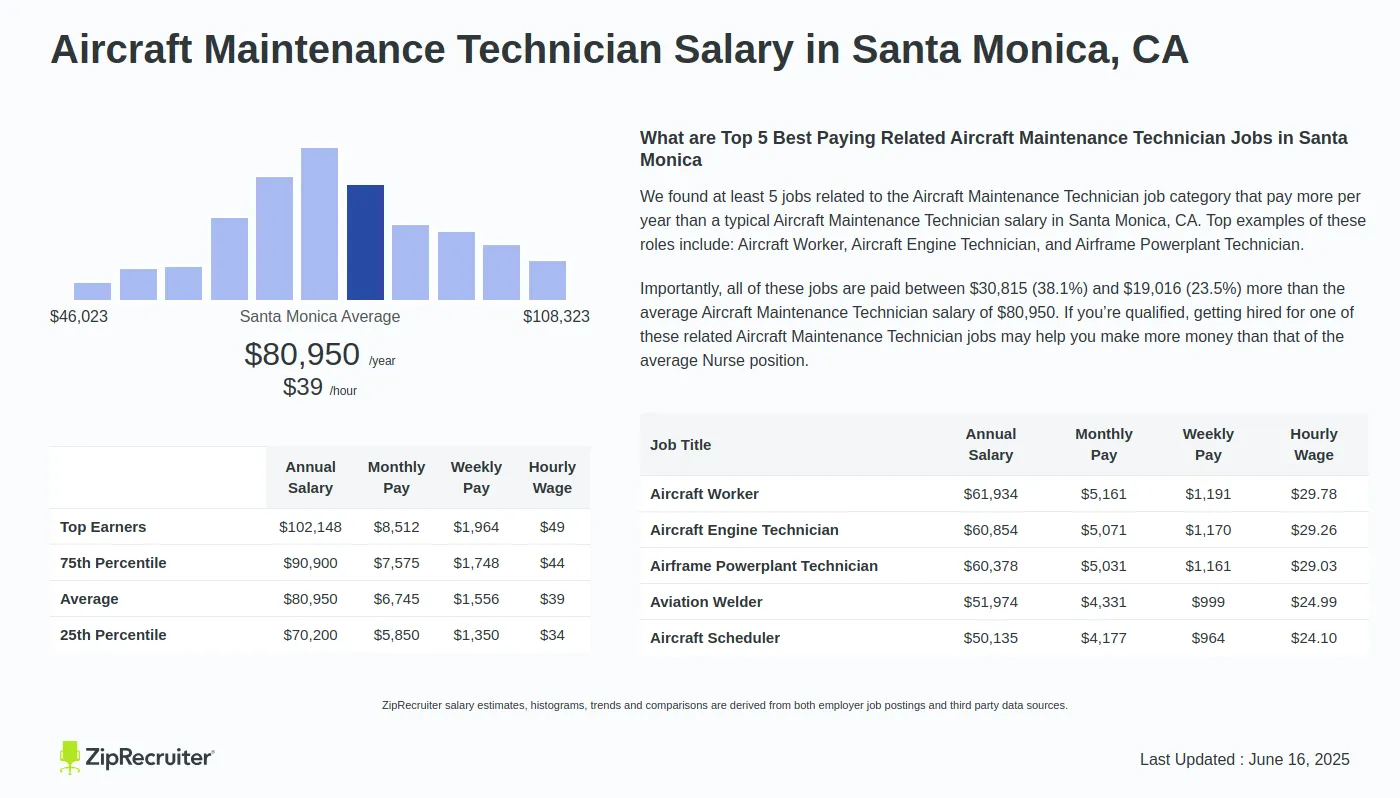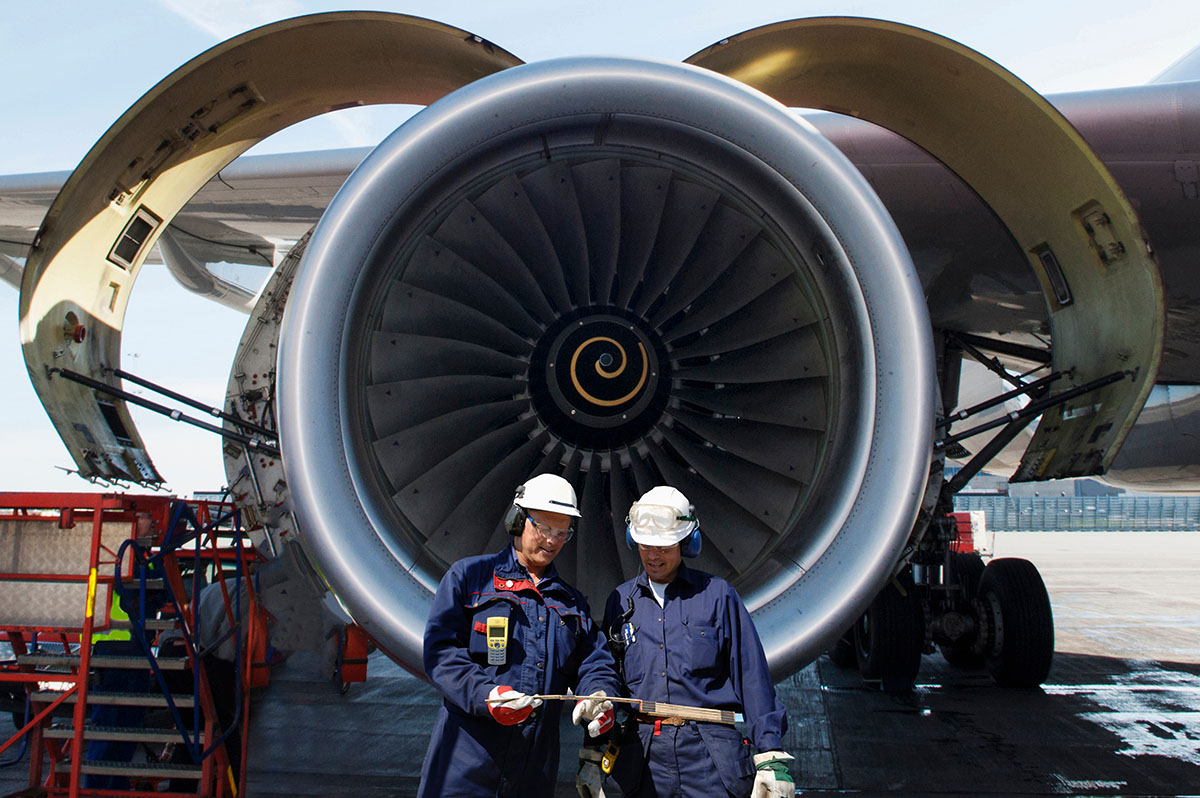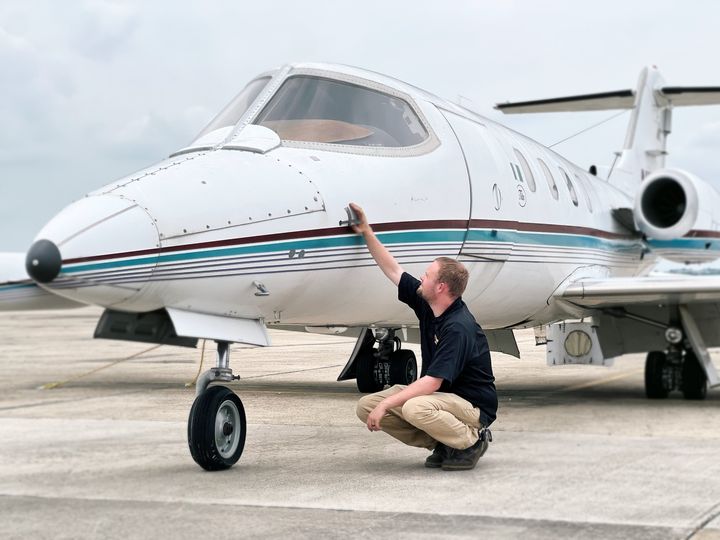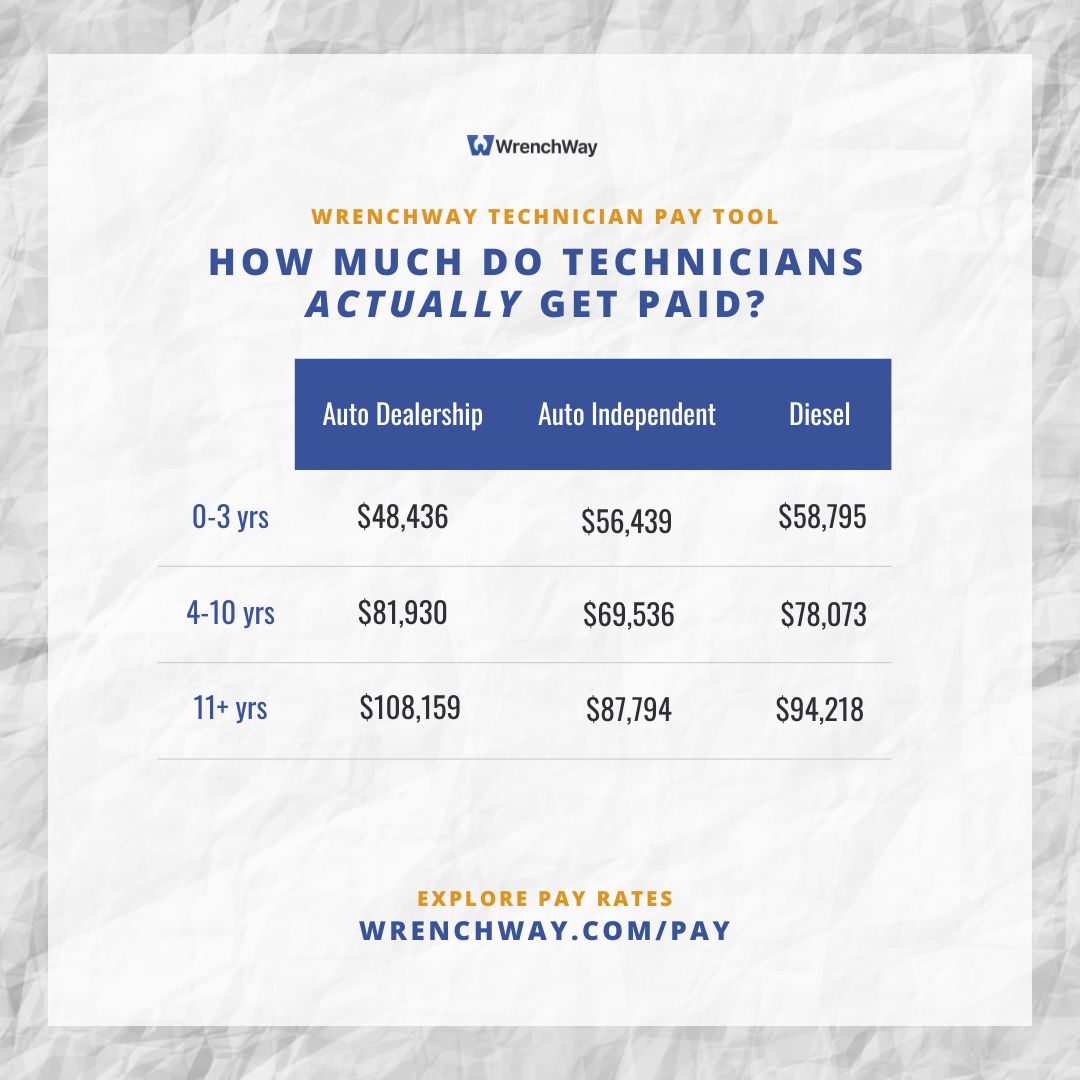How Much Do Aircraft Mechanics Make In California

The California sun glints off the polished aluminum of a Boeing 737, its nose pointing skyward, ready for another journey. Around it, figures in navy blue overalls move with focused precision, their hands tracing lines of rivets, checking hydraulic lines, and listening intently to the hum of turbines. These are the aircraft mechanics, the unsung heroes ensuring the Golden State's aviation industry keeps soaring. But beyond the grease and the glory, a crucial question lingers: what does it truly cost to keep these vital professionals in California, and how much do they earn?
This article delves into the heart of aircraft mechanic salaries in California, exploring the factors that influence their earnings, the demand for their skills, and the overall financial landscape for these essential workers who keep our skies safe.
The Golden State's Aviation Demand
California’s bustling aviation sector, fueled by major airports like LAX and SFO and numerous smaller regional hubs, creates a consistent and significant demand for qualified aircraft mechanics.
This demand, coupled with the high cost of living in many parts of the state, plays a crucial role in shaping the compensation packages offered to these skilled technicians.
Decoding the Pay Scale
So, how much can an aircraft mechanic expect to earn in California? According to the Bureau of Labor Statistics (BLS), the median annual wage for aircraft mechanics and service technicians in May 2023 was around $73,880 nationally.
However, in California, this figure tends to be higher. Data suggests that the median salary for aircraft mechanics in California hovers around $85,000 to $95,000 annually, with top earners exceeding $110,000 or more.
It's important to note that these figures are averages. Actual salaries vary based on experience, location, certifications, and the specific employer.
Factors Influencing Earnings
Several factors influence the earning potential of an aircraft mechanic in California.
Experience is a major determinant. Entry-level positions naturally command lower salaries, while seasoned veterans with years of hands-on experience and specialized knowledge can command significantly higher pay.
Location within California also plays a role. Mechanics working in high-cost areas like the Bay Area or Los Angeles are often compensated more to offset the higher cost of living. Conversely, those in more rural areas might see slightly lower wages.
Certifications, such as the Airframe and Powerplant (A&P) license issued by the Federal Aviation Administration (FAA), are essential and directly impact earning potential. Specialized certifications on specific aircraft types or systems can further boost a mechanic's value.
The type of employer also matters.
"Major airlines, large maintenance repair and overhaul (MRO) facilities, and government agencies typically offer more competitive salaries and benefits packages compared to smaller, independent repair shops."
The Significance of Skilled Mechanics
The role of aircraft mechanics extends far beyond routine maintenance.
They are the critical gatekeepers of aviation safety, responsible for identifying and addressing potential issues that could compromise the integrity of an aircraft and the safety of its passengers and crew.
Their expertise ensures that aircraft adhere to stringent safety regulations and are airworthy for flight.
Looking Ahead
The aviation industry is constantly evolving, with new technologies and aircraft designs emerging regularly.
This necessitates a commitment to continuous learning and adaptation for aircraft mechanics. Those who stay abreast of the latest advancements and acquire new skills will be best positioned to succeed and command higher salaries in the long run.
Investing in the training and development of aircraft mechanics is crucial for ensuring the continued safety and efficiency of California's aviation industry, providing stable career opportunities for those dedicated to this essential profession.

